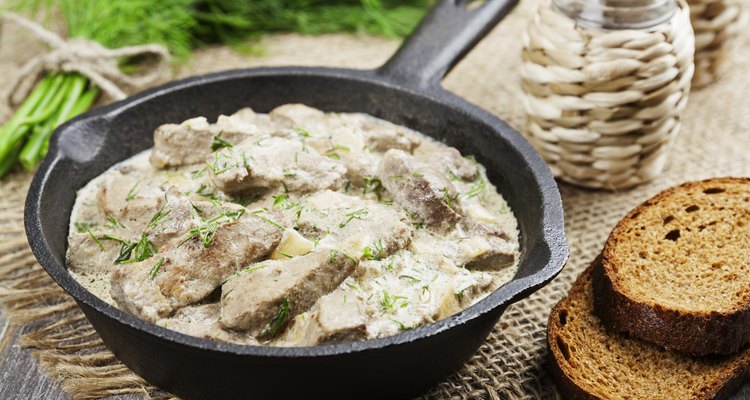
minadezhda/iStock/Getty Images
Few cooks prepare just as much as they're prepared to eat at one time. Frequently it's more practical to prepare a large dinner and save the leftovers for another meal. While this makes good sense from a time-management perspective, it does open the door to problems with food safety. It's important to cool the food quickly to minimize the risk of food-borne illness.
The Temperature "Danger Zone"
There a number of microorganisms that can cause food-borne illness. However, before they can make anyone sick they have to reproduce until they reach a large enough population, referred to as the "infective dose." At temperatures below 40 degrees Fahrenheit bacteria reproduce slowly, so refrigerators provide safe storage. Above 140 F, bacteria reproduce poorly because they're struggling to survive. Between those temperatures microorganisms can flourish, rapidly reaching dangerous levels. That's why this range of temperatures is referred to as the food safety danger zone.
Cooling Standards
The U.S. Department of Agriculture's Food Safety and Inspection Service, or FSIS, has collated food safety research from numerous sources in order to lay down appropriate food-handling standards. Ideally, foods should be refrigerated right away but that's not always possible. A large pot of soup, for example, could warm the entire fridge to an unsafe temperature. All foods must be refrigerated within two hours according to FSIS guidelines. There are several techniques cooks can use to cool foods quickly and safely, before and after refrigeration.
Cooling Large Portions
Large portions of food, especially big pots of soups or stews, can be difficult to cool quickly. An ice water bath can speed the process dramatically. Plug the sink and place a saucer in the bottom, then rest the pot on the saucer. This raises one side, so water can circulate underneath. Fill the sink with ice and then run water at least halfway up the side of the pot. Stir frequently to transfer heat from the pot. A second method is to divide the large pot of soup or stew into smaller, flat containers that will cool more quickly.
Handling Individual Portions
Pack individual portions of leftovers into heavy-duty freezer bags or airtight containers. Small packages cool and freeze much more rapidly than large ones, reducing the time they spend in the danger zone. If you have a lot of food to freeze and only a small freezer, divide the portions into two or three sections. Freeze one at a time at 12-hour intervals, leaving the others in the fridge. That prevents the food from raising the freezer to an unsafe temperature.
Related Articles

How Long Can Chinese Food Sit Out ...

How Long to Cool a Quiche

Number of Times Food Can Be Reheated

How Long Is Leftover Spaghetti Good to ...

How to Freeze Cooked Carrots

Can You Cook Frozen Dinners in Glass?
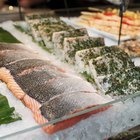
FDA Food Storage Temperature Guidelines

How to Reheat Chinese Takeaway

How to Freeze Spaetzle
What Are the Dangers of Cooked Meat ...

Cooking Frozen Vs. Defrosted Food
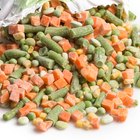
What Causes Ice Crystals on Frozen Food?
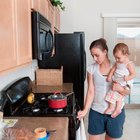
How to Boil Ziploc Bags

Can You Let Crock-Pot Meals Sit?

The Best Way to Freeze Sausage Balls

If Meat Is Frozen, How Long Does It ...

What Is the Fastest Way I Can Defrost ...
Can You Cook Chicken Wings the Day ...

How to Freeze Croissants
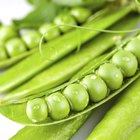
What Are the Best Containers to Freeze ...
References
Writer Bio
Fred Decker is a trained chef and prolific freelance writer. In previous careers, he sold insurance and mutual funds, and was a longtime retailer. He was educated at Memorial University of Newfoundland and the Northern Alberta Institute of Technology. His articles have appeared on numerous home and garden sites including GoneOutdoors, TheNest and eHow.
Photo Credits
minadezhda/iStock/Getty Images